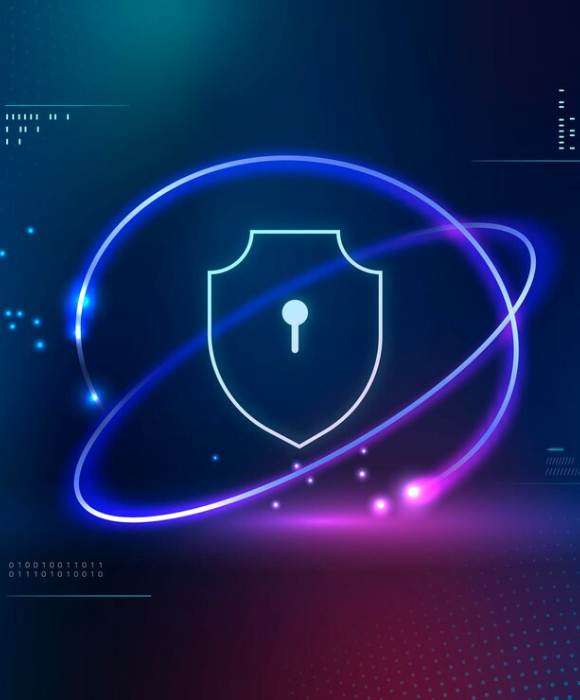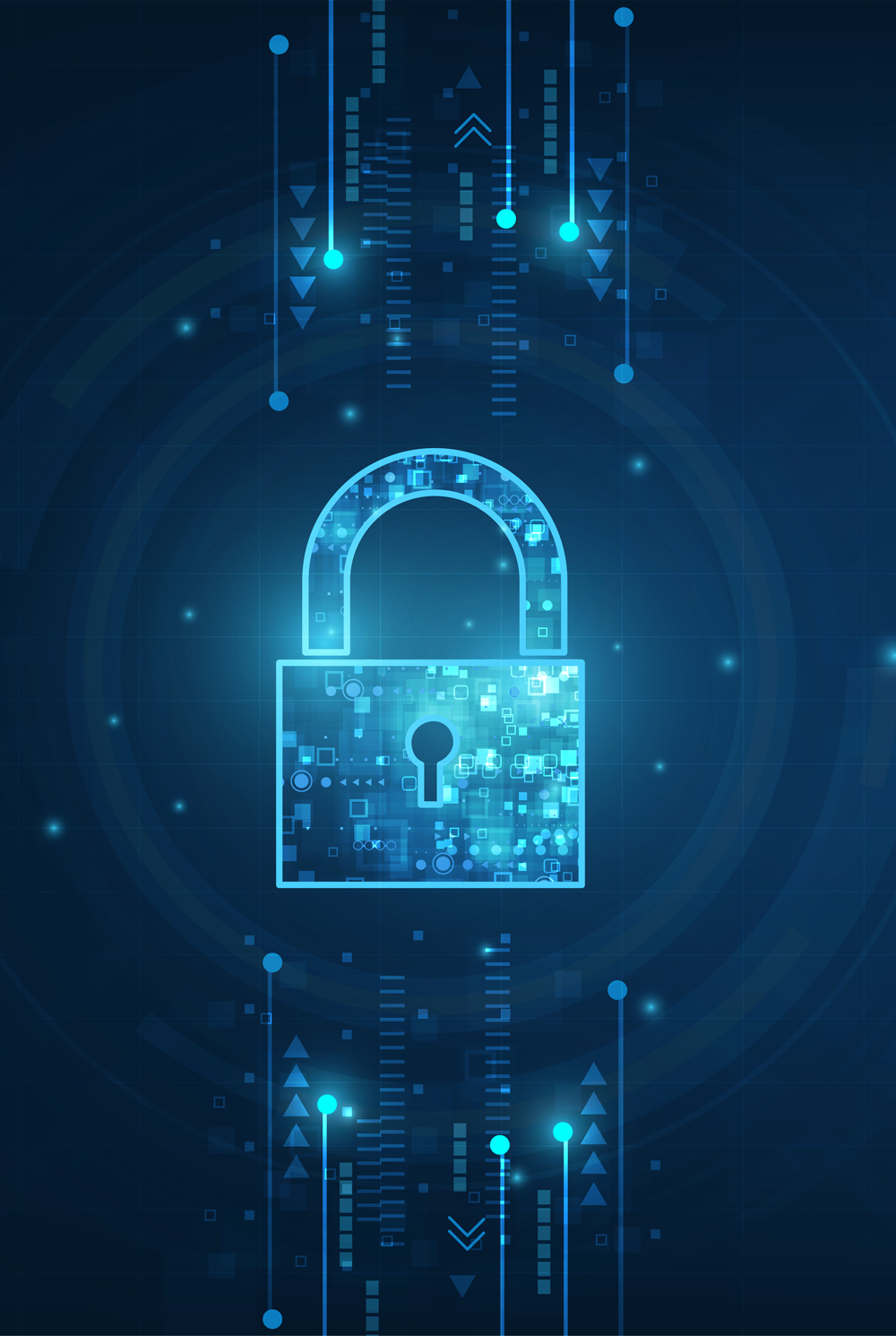Online 24/7
+1-800-881-6046
25 Merwit CT Pennsauken, New Jersey 08109
Contact Us
Cyber security services is the strategic efforts of an organization to safeguard information resources. It revolves around the ways businesses leverage their security assets, including IT security solutions and software, to safeguard their business systems.
The resources are highly vulnerable to both internal and external security threats such as fraud, theft, industrial espionage, and sabotage. Cyber security management must employ a variety of legal, administrative, procedural, technological, and employee practices to reduce an organizations’ exposure to risk.
Cyber security is of utmost importance to operational processes since it guards against the destruction and theft of data and IT systems, including personal data and identifiable information, protected health information (PHI), data pertaining to intellectual property, and information systems.
An organization can’t protect itself against data breaches without a cyber security strategy. In the absence of cyber security management practices, an organization turns into a target for cyber-crimes.
.png )

A highly-effective cyber security management policy revolves around the existing risks for an organization. Professionals who administer the program come up with proper procedures and processes. Once the vulnerabilities are detected, the management policy outlines the solutions to prevent malicious code from invading the organization's servers, perimeter defense systems, and desktops. It also describes how to deploy mitigation measures and who is in charge in the event of a breach. A cyber security management program provides an organization with critical services, such as:
Here are 6 tried-and-tested practices in cybersecurity management

A Cyber security audit is an independent and systematic examination of an organization’s cyber security. An audit makes sure that the policies, procedures, and security controls are in place and working efficiently & effectively. In short, it allows an organization to inspect what they expect from the laid down security policies.
A cyber security audit revolves around cyber security guidelines, policies, and standards. In addition to this, an audit ensures that the security controls of an organization are optimized and all the compliance requirements are met.
To be specific, an audit evaluates:
